An Enterprise Story of PayPal: Revolutionizing Digital Payments Worldwide
By Kushal Shrestha - Mar 30, 2025 | Updated: April 1, 2025 | 18 min read
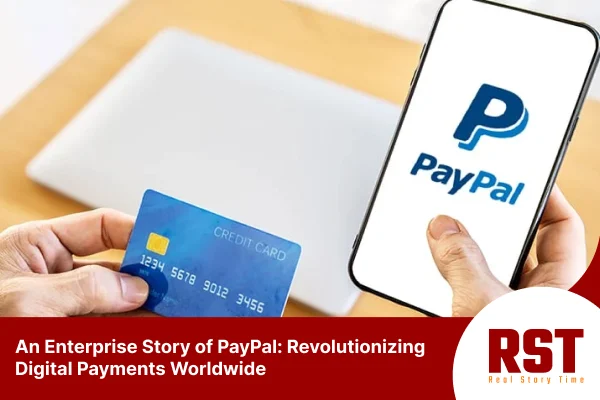
PayPal’s enterprise story begins with a vision: to change how money moves and is used between people and entities. Before PayPal, Money was just tangible objects; coins, paper , later paper checks and money orders. International payments would take forever rather than seconds, and it would be next to impossible for small businesses to accept digital payments from anyone across borders.
But in 1998, Confinity introduced PayPal service that simplified money access for everyone by introducing innovative solutions while partnering with banks and operating as a simple financial transaction system. In short, made digital payments possible for all.
Current PayPal’s enterprise story can show how it has transformed into a financial technology giant that enables millions of businesses and consumers to process timely payments. The small startup established its ambitious plan and expanded into financial services leadership through its operations across 400 million active accounts and more than 200 worldwide markets.
Today, PayPal, including Venmo, Xoom, and crypto transactions, remains an innovator and consultant in the fast-evolving digital finance space. Its timeline is very contemporary, justifying how to induce industrial change by following user needs and adventuring on new technologies.
PayPal’s Enterprise Story: From Confinity to Global Payment Leader
PayPal’s Enterprise Story began in December 1998 in Palo Alto, California, with Max Levchin, Peter Thiel, and Luke Nosek as Confinity.
At that time, nobody knew what electronic payment solutions and the Internet meant. PayPal highlighted actual business issues, forming the basis for its solution development. The company set out to create the first worldwide electronic payment system to increase the velocity of money movement and reduce inefficiency.
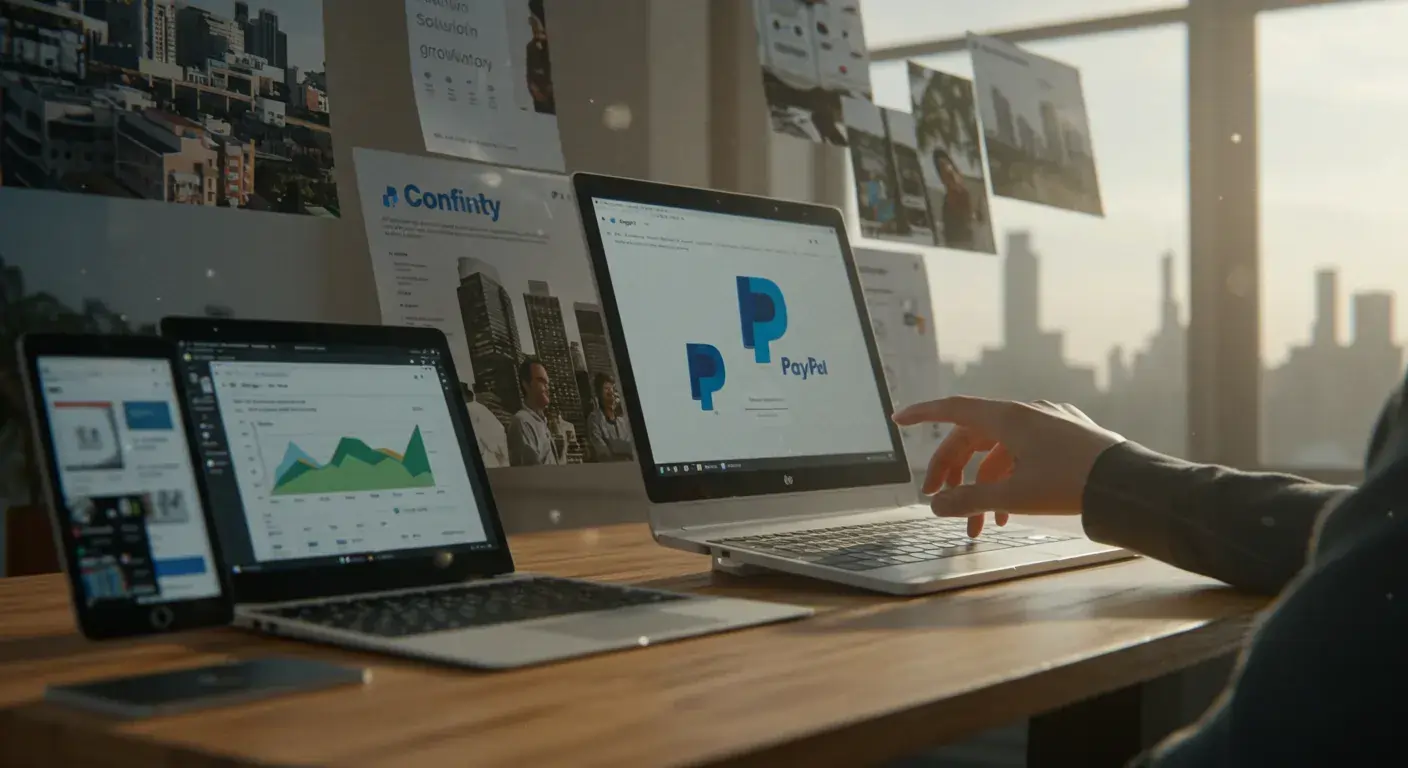
The Early Days of Confinity
Confinity was founded on the premise that moving money should be as easy as emailing. The team then created software that allowed users to move money efficiently and securely. They put much work into the technology, and security came first. Their system allowed people to complete transactions online safely. Convenience and speed attracted early users, paving the way for growth.
A surprising discovery
Confinity engineers developed a minimal payment transfer feature during that era for device-to-device money sharing while testing technologies. Users preferred this additional feature, which developers had initially incorporated into their core application product.
Users discovered that this application helped them separate expenses between group members and carry out electronic payments to friends during online trade activities.
The company noticed the potential of digital payment within its money-transferring capabilities and transformed its purpose into a digital payment solution. It shifted its core business to build an online money transfer service through its digital wallet product, which became a turning point in its development.
Merger with Elon Musk’s X.com
During that period, other businesses actively pursued advancements in online finance operations. X.com emerged as an online bank that Elon Musk established to lead the banking industry in a new direction. X.com aims to change how people manage their money using the Internet.
Confinity and X.com shared a vision to create an easy-to-use system that established secure online payments. The companies decided to join forces in March 2000. The company reached the most vital phase of business expansion through the acquisition. After the merger and name change, PayPal combined its expert personnel across divisions to build a better enterprise that defined its core mission.
Choosing a Name: PayPal
A suitable name for the new company must represent its mission following the merger. PayPal announced its name by uniting the words “Pay” with “Pal” to represent the company’s core goal of providing easy and secure financial dealings to all customers globally. Payment services are the central focus of their business operations, as described in the “Pay” section. In addition to its references regarding trust and companionship, the term “Pal” indicates essential properties necessary for secure financial operations; also like doing peer to peer transactions. This name functions exceptionally well in the market as people can remember it easily while understanding the business objective at first glance.
PayPal became the new corporate name in 2001 when the company fully transitioned to its digital wallet operations. PayPal achieved higher brand visibility through its new identity in the growing online payment market. The company name creates a friendly impression, making digital payment adoption less intimidating. The brand has succeeded by expressing corporate values within a two-syllable acronym, earning it recognition among the leading fintech sector brands.
The name’s success demonstrates how a well-crafted brand identity can communicate complex services through simple, meaningful language that resonates with consumers.
The eBay Explosion and PayPal’s Rise
Once PayPal was adopted on eBay, where buyers and sellers needed a quick, safe method to handle transactions, its explosive expansion began. By 2002, PayPal had taken the front stage in internet payments. The business went public that year with an initial public offering (IPO), raising significant capital. eBay’s acquisition of PayPal through a $1.5 billion purchase brought the company more substantial control of the e-commerce marketplace in 2002.
Through this acquisition, eBay strategically improved its payment processing strength while expanding PayPal’s customer numbers and market recognition. Through platform integration with eBay, PayPal grew faster because its secure transaction capabilities became accessible to millions of buyers and sellers. PayPal has completed this critical phase in its enterprise story, using strategic partnerships and intelligent pivots to fuel significant success in the digital economy.
PayPal Goes Public
The company succeeded with its initial public offering (IPO) in February 2002. PayPal completed its IPO by offering 5.4 million shares sold at $13 per share to raise $70.2 million in capital.
Following the dot-com bubble’s collapse, PayPal introduced its highly successful IPO. During its first-day market performance, PayPal achieved a 50% gain, which was completed at $20 per share. The successful IPO marked a key moment in PayPal’s enterprise story, resulting in fast growth until eBay reached an acquisition agreement that year.
The Coup That Changed Everything: Elon Musk and PayPal
In the summer of 2000, Elon Musk took charge of PayPal following the merger of his X.com and Confinity, which formed a single company. Musk’s CEO role enabled him to improve PayPal into a complete digital banking system. At the same time, he pursued his vision of delivering banking capabilities to users through their online networks.
Company executives Peter Thiel and Max Levchin wanted PayPal to stay focused on its essential mission of protecting electronic payments. All executives warned that the company’s hard work would be harmed because they thought Musk’s daring programs were too dangerous and his way of working was autocratic.
The boiling tension reached its peak in September 2000. The PayPal board of directors conducted a meeting when Musk was absent during his honeymoon in Australia with his first wife, Justine.
Other board members suddenly decided to terminate Musk’s duties as CEO. Peter Thiel took over the CEO position as interim to guide the company toward practical objectives. Upon returning from his honeymoon, Musk realized he had lost control of the company he had assisted in founding.
As PayPal’s largest shareholder, Musk maintained his position as a board member while continuing to guide the company’s strategic decisions. In 2002, eBay took over PayPal and paid Musk about $250 million as a shareholder. Musk used the company’s continued success to finance his succeeding business projects at SpaceX and Tesla.
Musk gained valuable leadership experience during the PayPal coup, which prompted him to establish a more significant project.
PayPal has reached new heights under different management, but Elon Musk has moved forward to change the space exploration and electric vehicle sectors.
READ MORE: Trader Joe’s Brand Story: The Journey Behind the Beloved Grocery Chain
PayPal’s Enterprise Story: Overcoming the Odds
The Fight for Survival
In the late ’90s, Max Levchin, Peter Thiel, and Luke Nosek established Confinity to develop digital security systems for handheld devices. Yet, their absurdly small money-transfer feature gained overwhelming popularity from users. The seemingly insignificant money-transfer function they built became a hit among their user base against all expectations.
PayPal’s enterprise story prompted the team to detect expanding online payment security requirements, which led them to shift their business from security software to digital payments. PayPal started its path toward launching the transformative digital wallet solution after deciding to focus on online payment services.
The Financial Crisis
PayPal had severe funding issues without the cash and a clear path to profitability. It required capital to expand its business and compete with traditional banks. Despite this, PayPal launched a referral program that gave existing users $10 for every new person they referred to PayPal. That strategy paid off handsomely, with user growth exploding at a time when the market was skeptical, a massive chapter in the story of PayPal’s enterprise story.
Overcoming Market Skepticism
The security and reliability of online payments were met with hesitation among consumers and merchants. Most of them were unwilling to move away from payment methods they trusted and had worked for them. To combat this, PayPal created an intelligent fraud detection system called IGOR to win users’ trust and address their security concerns.
Battling Giants and Startups
The big players in the finance world, like Visa and Mastercard, also give PayPal quite a lot of competition. Besides that, the competition from relatively newer fintech startups has begun to pick up an enjoyable pace. These rivals have so much money and energy focused squarely on competition that there’s no room for these ads to be a distraction. They have an audience that loves and turns out to support them.
To stand out from competitors, PayPal excelled, especially in an efficient payment system that works better than regular, especially regarding ease of use, experience level, and fees. They zeroed in and nailed these important aspects impressively.
Regulatory Hurdles
PayPal needs to adapt its operations to different jurisdictions because it operates as a financial technology company. The company encountered significant struggles in delivering things correctly regarding anti-money laundering (AML) and know-your-customer (KYC) data privacy regulations. PayPal has set up teams and systems to deal with rig rules and regulations. This has made customers feel secure with PayPal, and regulators trust the company. That aspect of PayPal’s enterprise story is indicative of responsible innovation.
The Technology Challenge
In the early days of the Internet, payment required high infrastructural requirements for technology and security. PayPal needed a secure and hassle-free system for transactions. Maintaining updated technology with security measures was the main priority in expanding the business while guarding user trust. Technical developments have been a subtle yet essential element throughout PayPal’s enterprise story.
The Fraud Crisis
In its beginnings, PayPal encountered many difficulties with fraudulent transactions and decided to become the focal point of attempts to cope with the issue. These frauds resulted in so much financial loss that PayPal’s financial position was left tattered, and its reputation was also left with huge scars. PayPal has developed excellent fighting capabilities against fraud and has surprisingly stopped the damage while creating a more sophisticated detection system and algorithmic technology.
PayPal has demonstrated substantial adaptability and resilience throughout these difficulties. It carries lessons learned in its early years to pursue innovative approaches and problem-solving strategies in its current operations. This lifelong force of resilience remains central to PayPal’s enterprise story.
PayPal’s Journey: From Startup to Digital Payments Giant
The history of PayPal is a tale of success that started with significant events in the PayPal business world: gigantic partnerships with a vision, a bright and ambitious mind, and a perfect financial evolution.
- In 1998, Peter Thiel, Max Levchin, and Luke Nosek formed the company Confinity.
- 2002: EBay purchased it for $1.5 billion and treated it as its primary payment platform.
- 2015: PayPal broke away from its parent company, eBay, to become a separate company again and focus on evolving its digital payment services.
- 2018: PayPal acquired iZettle for up to $2.2 billion to add small-business payment processing solutions to its platform.
- 2020: Set foot into the Bitcoin arena and trade the cryptocurrencies in this digital space.
- 2021: Revealed the idea of developing another stablecoin, thus strengthening its lineup of digital assets.
- 2023: The fintech industry giant has reached over 435 million active user accounts internationally, approving its leadership status.
Financial Performance and Customer Growth
- In 2019, their platform earned an additional annual revenue of $17.77 billion, signifying that digital finances are becoming more relevant to their society.
- Revenue plunged by 2020, with online transactions and the COVID-19 pandemic responsible for this vast upheaval. The online gross income is now an impressive $21.45 billion.
- In 2023, the company’s annual profits reached over 29 billion dollars due to the more substantial use of digital wallets and the broader adoption of mobile payment methods.
- Stock Valuation: PayPal has been performing steadily on the market and is usually seen as one of the most valuable fintech companies in the world.
Key Turning Points
- eBay Partnership (2002): This enabled early users and built a reputation, facilitating PayPal’s advancement.
- Independence from eBay (2015): This allowed PayPal to think and work without restrictions in the online marketplace, allowing it to broaden its services beyond this industry.
- Expansion into Mobile Payments: PayPal has expanded its reach among the millennial and Gen Z markets by acquiring Venmo and Braintree.
- Cryptocurrency Adoption (2020): PayPal started trading cryptocurrencies in 2020, making the influx of digital assets into the mainstream a comfortable topic of discussion.
- Buy Now, Pay Later (BNPL) Services: By launching a BNPL program, PayPal has provided an excellent shopping experience, made payments more accessible, and increased e-commerce sales.
PayPal demonstrates its status as a digital payment leader through a series of important turning points during shifts in the market. PayPal has achieved this evolution from simple peer-to-peer payments to complete financial solutions through its dynamic innovation approach to meeting worldwide consumer needs. PayPal’s enterprise story is one of vision, flexibility, and ever-renewing qualities that have kept it at the forefront of the evolution of digital payment systems for over 20 years.
Impact on the Digital Payment Ecosystem
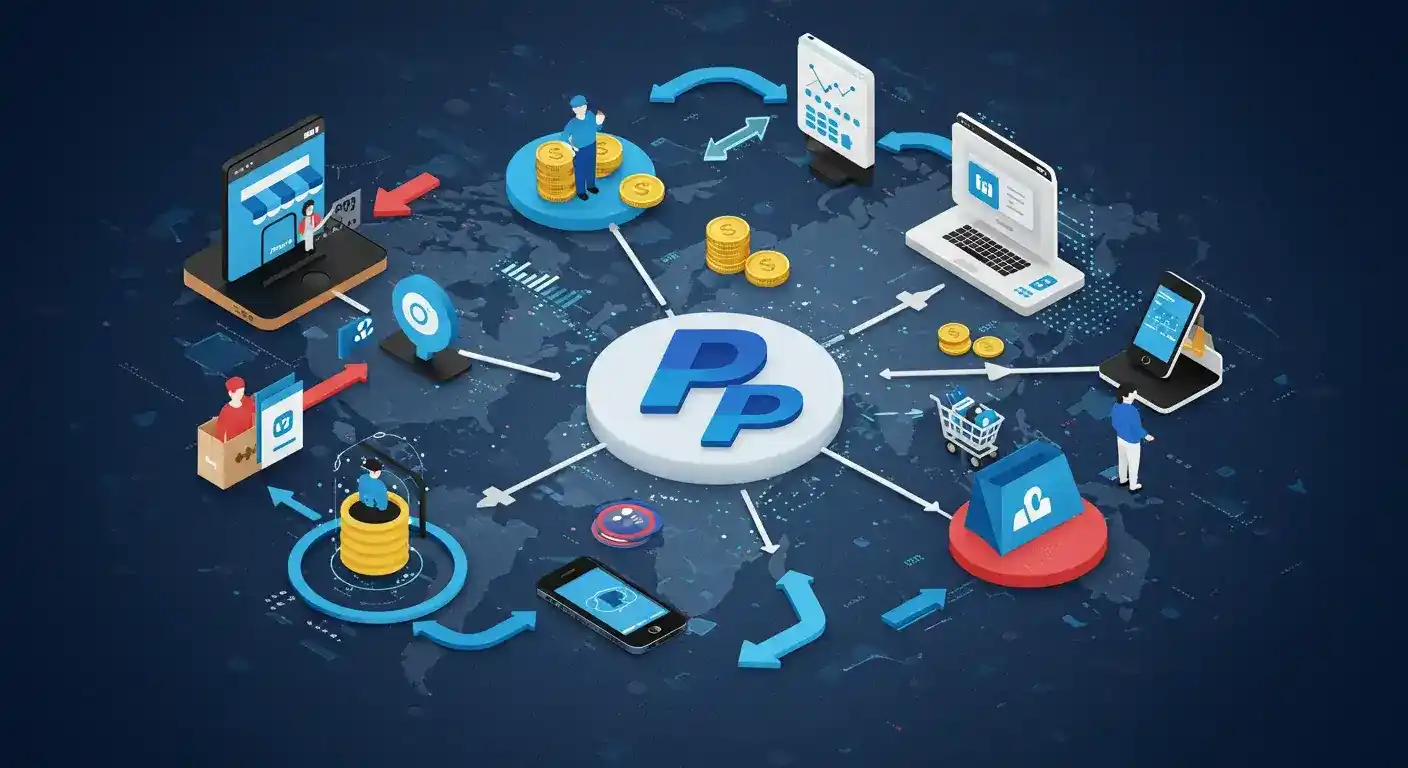
PayPal has revolutionized digital payment functions through its work to make transactions faster and more accessible to the world market while providing enhanced security.
Through PayPal, people can make safe payments and have a smooth transaction process no matter how disconnected they are from big banks in places where money things are hard. One of the cool things about PayPal is that it makes it super easy for businesses, big and small, to do their commerce and trade online. From startups to giant corporations, PayPal helps them go big in online sales and trading. It means easier, smoother transactions and making deals all around the world.
PayPal’s growth helps to bring people who don’t have access to banks into the financial mainstream by giving them simple payments. PayPal has shaped digital payment regulations worldwide by always complying with regulatory requirements and establishing industry data privacy and security standards.
PayPal’s enterprise story has shown a fantastic eye for innovation that keeps it ahead of big names like Square, Stripe, and Apple Pay. As a result, they have put themselves in the spotlight as leaders in fintech. PayPal’s enterprise story has been about transforming how finance works these days. It’s moving everything to a much more open, techy world where more and more people can pay quickly.
The Inspiring Journey of PayPal’s Founders After Their Departure
Max Levchin
After stepping down from PayPal in 2002, Max Levchin made a mark in the tech industry.
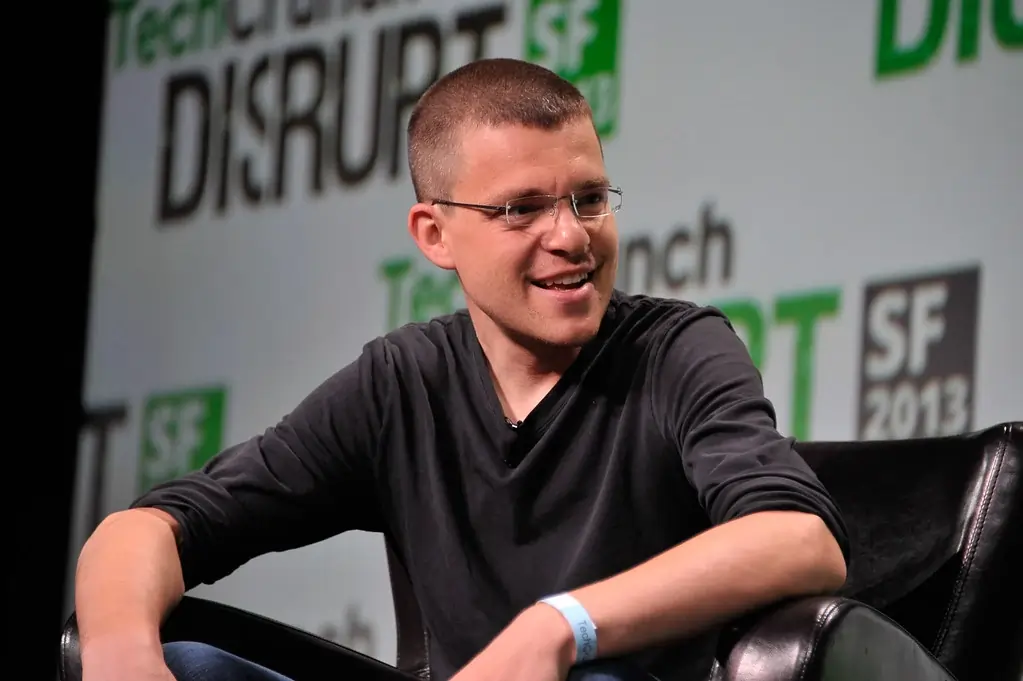
In 2004, Levchin created Slide, a company that created MySpace and Facebook personal media-sharing services, among other social networking sites. Google purchased Slide under their acquisition for $182 million in 2010, while Levchin worked as Vice President of Engineering until 2011.
The company terminated the service in 2011 because it wished to focus its social media platform on Google+ development.
After Slide, Levchin embarked on new entrepreneurial ventures, creating HVF (Hard, Valuable, Fun) in 2011, addressing significant challenges through data analysis.
He later co-founded Affirm in 2012 after HVF, a fintech company that pursues the development of new credit networks. Affirm gives customers simple and flexible financing at the point of sale.
Peter Thiel
After eBay acquired PayPal in 2002, Thiel became one of Silicon Valley’s most influential and respected venture capitalists and intellectuals.
In 2004, he co-founded Palantir Technologies, a big-data analysis company whose software is used by government agencies and commercial businesses. The company has been a public company since 2020.
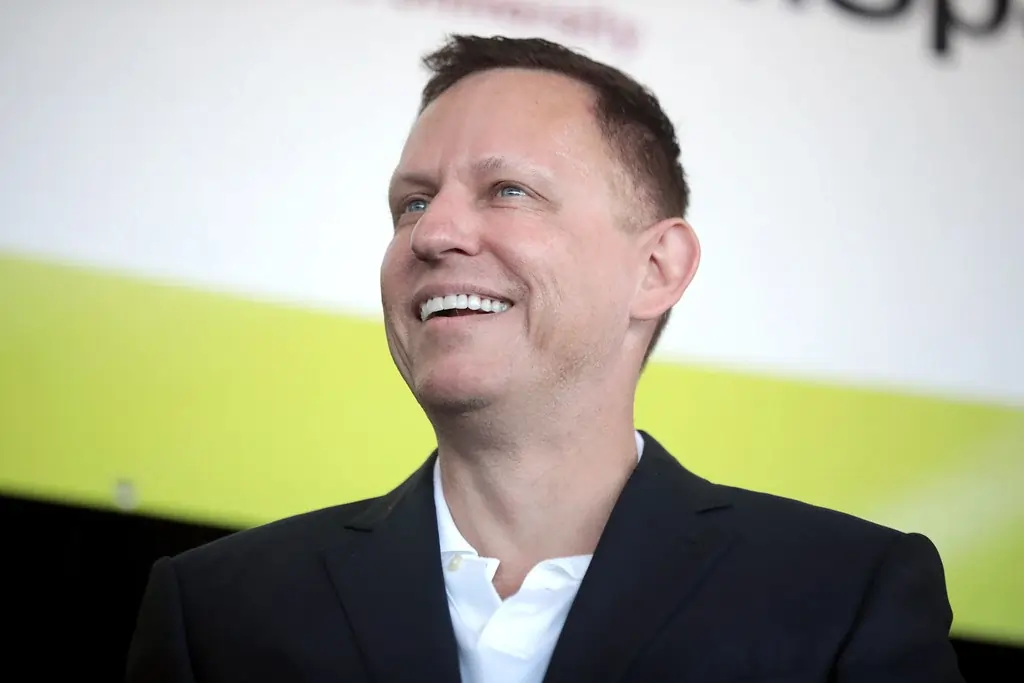
Through the Founders Fund, Thiel has made significant contributions to technological investing. Founders Fund supports various famous startup companies, including SpaceX and Airbnb, and the previous entity Facebook, which now operates under Meta Platforms.
Thiel acquired a 10.2% stake through his early investment in Facebook by providing a $500,000 payment in 2004. The stake value has experienced substantial growth after Facebook went public through its initial public offering.
Following his business success, Thiel spent time on philanthropy and writing books. A decade later, Peter seems to have left startup culture: his 2014 collaboration with Blake Masters, “Zero to One: Notes on Startups, or How to Build the Future,”
Luke Nosek
After eBay acquired PayPal in 2002, Luke Nosek embarked on a new entrepreneurial path. Leaving PayPal, Nosek did some angel investing, took some time off traveling, and then returned to the start-up world. Nosek co-founded Founders Fund in 2005 alongside fellow PayPal co-founders Peter Thiel and Ken Howery.

Founders Fund became one of Silicon Valley’s most influential venture capital firms, pouring money into companies like Facebook, Airbnb, SpaceX, and Stripe. At Founders Fund, Nosek was one of the lead partners behind the firm’s investment in SpaceX, its first institutional investor.
Nosek co-founded Gigafund, an investment firm focused on long-term research and innovation, after leaving Founders Fund in 2017. Gigafund shares Founders Fund’s view that technology can potentially improve the world. Still, it takes a much broader approach, encompassing tech startups and companies driving toward future solutions.
Elon Musk
When PayPal was sold to eBay in 2002, Elon Musk received a $250 million payment, and he needed to use the money quickly. Elon Musk chose something other than luxurious properties or tropical vacations, which most people would select with the funds from his sale. The money functioned as rocket fuel for his desire to travel into space.
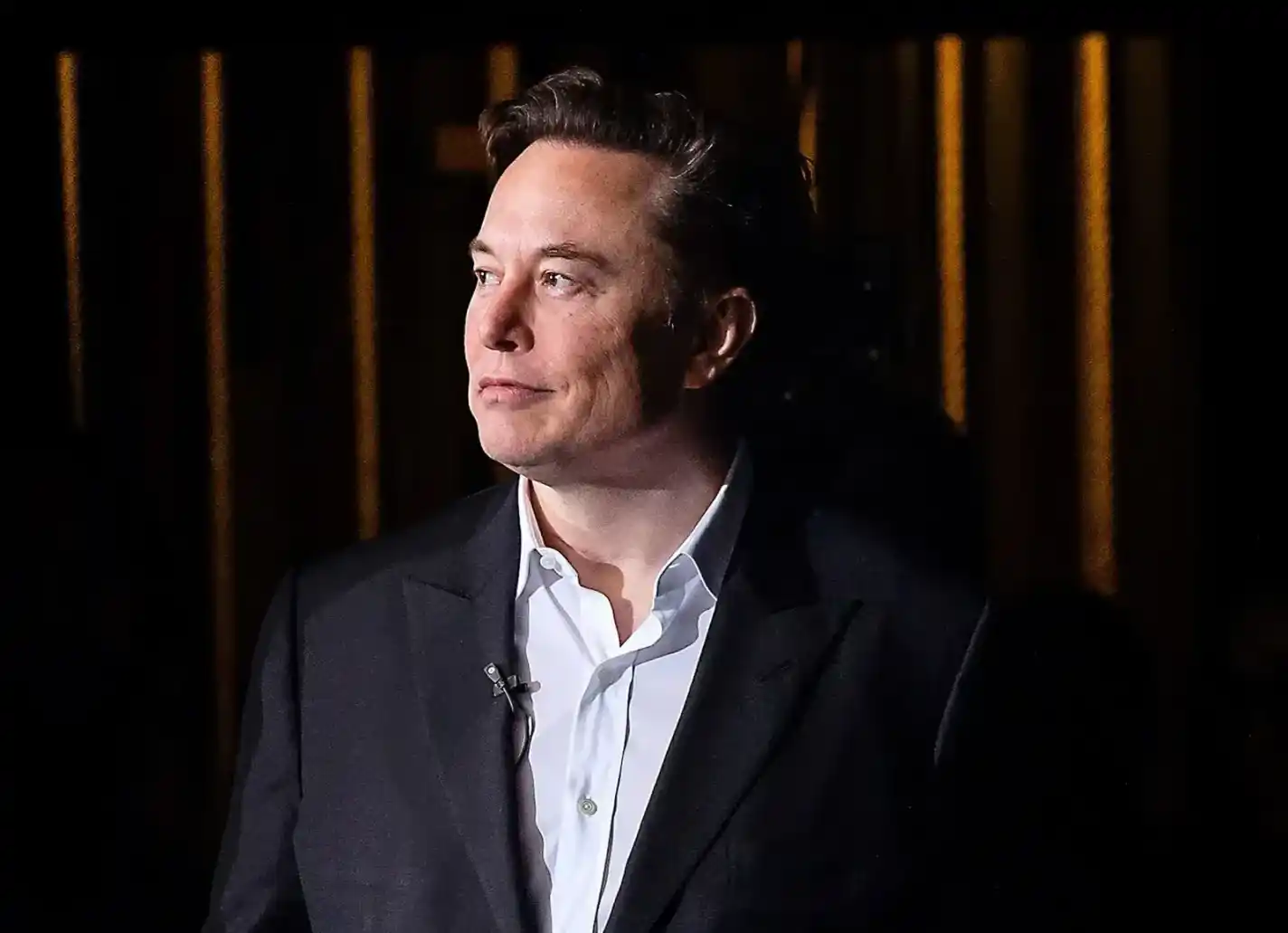
In 2002, he founded SpaceX to establish space exploration programs at affordable costs alongside human settlement plans for Mars. SpaceX accomplished breakthroughs by designing the Falcon rockets and Starship and developing the Dragon spacecraft, which provides an orbiting platform for space station crew members and cargo deliveries.
Musk took his Tesla Motors Inc. (now Tesla Inc.) chair leadership position in 2004 before assuming both CEO and product architect responsibilities. Tesla’s astounding success engendered worldwide acclamation, positioning Elon Musk among the wealthiest people in the world.
Musk made headlines in 2022 after investing $44 billion in Twitter and rearranging the platform entirely. Many observers praised and criticized his executed changes while the company adopted the name X during this period.
PayPal’s Current Leadership: A New Chapter
PayPal appointed Alex Chriss as its CEO in September 2023. The seasoned leader Chriss came to Intuit with almost twenty years of expertise. His experience driving growth and innovation helped him implement new PayPal features that revitalized company offerings while enhancing AI-powered tools designed for small businesses.
In July 2024, Enrique Lores joined PayPal as its new independent chairman after previously serving as the CEO of HP Inc. Following his appointment, PayPal underwent a reset, enabling him to use his expertise in strategy and technology to steer the company forward against an evolving market.
Under the leadership of Chriss and Lores, PayPal is steering towards an innovative and worldwide growth phase. Payment Consulting Services aims to maintain PayPal as the leading provider of digital payments and commerce worldwide. PayPal maintains a bright future as the company continues overcoming obstacles while capitalizing on new possibilities.
Conclusion: PayPal’s Legacy and the Future of Digital Finance
All in all, PayPal’s enterprise story is indeed inspiring. The company can be credited for rising to extraordinary heights within just a few years through the provision of a phenomenal product, which solved a common problem for both businesses and consumers while also showcasing how working on something one feels very strongly about and doing it well is a fabulous recipe for success. All the venture founders, including Musk, have shown that they are far from being one-off wonders, proving that the entrepreneurial spirit can thrive for decades.
In other words, the present context predicts that PayPal will develop an even thicker lead in digitizing the financial spheres because cryptocurrencies, AI-led financial services, and decentralized finance continue to be overflowing with disruption; PayPal’s foresight and adaptability will further cement its traditional role in ushering these innovations to the markets.
The latest initiatives in AI-powered customization and unified commerce platforms form part of a strategic thrust toward producing more integrated and intelligent financial experiences. PayPal’s odyssey continues: the company has continuously increased capacity in anticipation of a market need while maintaining a powerful eye on empowering global commerce.
PayPal’s enterprise story is far from complete. As digital finance grows, firms will soon have to embrace cutting-edge tech to prove their importance and outperform the competition.
Notice an error?
Help us improve by submitting a correction.







